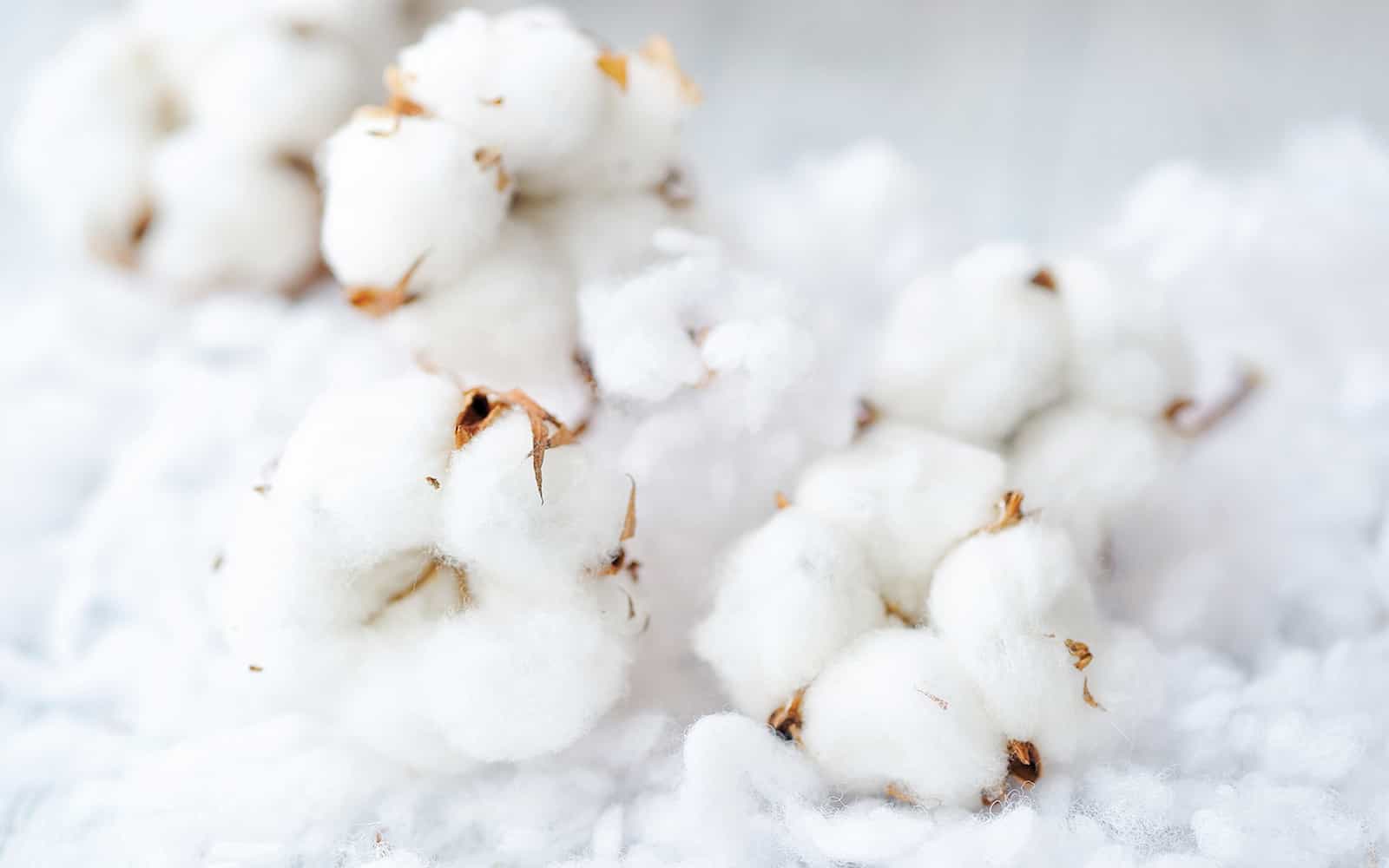Producing high quality cotton is truly an art and a science. Defoliation, or the removal of foliage to prepare cotton for harvest, is region based and highly dependent on weather conditions and timing. If done well, defoliation will have a positive impact on the cotton grade as well as a grower’s return on investment.
Seth Byrd, assistant professor and cotton extension specialist with the Department of Plant and Soil Sciences at Oklahoma State University says that when green plant material is present on the cotton plant at harvest time, it can negatively affect everyone involved in the value chain. “It doesn’t matter if you’re picking or stripping, it’s a red flag when you see green leaves on open cotton,” said Byrd. “Any plant material on the cotton plant at harvest increases the chance of lint getting stained and increases our leaf and trash grade. When that happens, it lowers fiber quality and puts that cotton in a different category in terms of how it can be used.”
The ginning process is also restricted when leaves are present. Whether it was picked too soon or right after a rain, the yellowing and browning of cotton is typically a result of moisture. “Any gin is limited on its ability to dry cotton out when green leaves or foreign matter are present,” said Jonathan McBride of Bogue Chitto Gin in Macon, Miss. “Cotton grade and the effects of the gin begin the moment when the producer decides to pull the trigger to defoliate. That’s why it’s important for a producer to make sure the weather is in his favor when he’s applying the defoliant. He needs to be patient and be prepared to apply a second shot to desiccate and dry out the plant, if needed.”
The industry is beginning to see some gin operations set moisture limits and charge cotton producers for excess moisture levels. “If producers try to stay inside of those limits, they’re going to see their bottom-line increase and have better grades than they have ever seen before,” added McBride.
Universities typically publish cotton harvest guides to assist producers with best practices and product selection. Oklahoma Cooperative Extension Services recently started collecting data on different timings of defoliation. “We’ve got two trials that are specifically trying to address timing of harvest aid applications for the southern Great Plains,” said Byrd. “That’s something that hasn’t been done yet. Everything that we use as a resource has come from the mid-south or the southeast. Timing and conditions are really different for us.”
Folex® 6EC Cotton Defoliant is a fast and effective product that excels in mature leaf drop. Folex has excellent tank-mix flexibility to customize defoliation programs based on local conditions and needs. It can be applied using ground or aerial equipment and, once dried on the leaf, is not adversely affected by normal rainfall or dew.
“We see very little, if any, leaf stick or burn due to Folex in the southern Great Plains,” said Byrd. “It tends to do a good job on healthy, green lush leaves that we need to drop. If your rates are correct for the crop condition and temperatures, you can quickly drop mature leaves on those large plants with Folex. As long as you are adapting to your conditions and crop status, you know what you're going to get with the consistency of the product. That's a benefit.”
At the end of the season, it comes down to understanding that every field is different. “There is no blanket prescription for harvest aids,” added Byrd. “Your management, your variety and everything you do that year is going to affect part of that crop’s condition when it’s time to spray harvest aids. We always recommend that harvest aid mixes, rates and timing be a field-by-field decision. That’s why it’s key to look at your cotton and see what needs to be done.”
And, that is why the production of clean cotton is both an art and a science.
Cotton Harvesting Resources
Oklahoma Cooperative Extension:
- Oklahoma Cotton Harvest Aid Guide
- Oklahoma State University - Department of Plant and Social Sciences, Cotton
Mississippi State University Extension:
University of Georgia Extension:
©2019 AMVAC Chemical Corporation is a wholly owned subsidiary of American Vanguard Corporation. All rights reserved. AMVAC, Bidrin, Folex and respective logos are trademarks owned by AMVAC Chemical Corporation.
Important: Always read and follow label instructions. Some products may not be registered for sale or use in all states or counties. Please check with your state agency responsible for pesticide registration to ensure registration status. All products are EPA registered.
